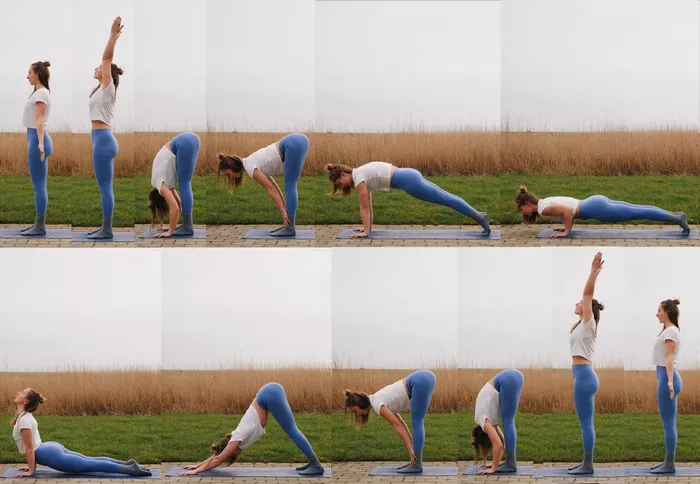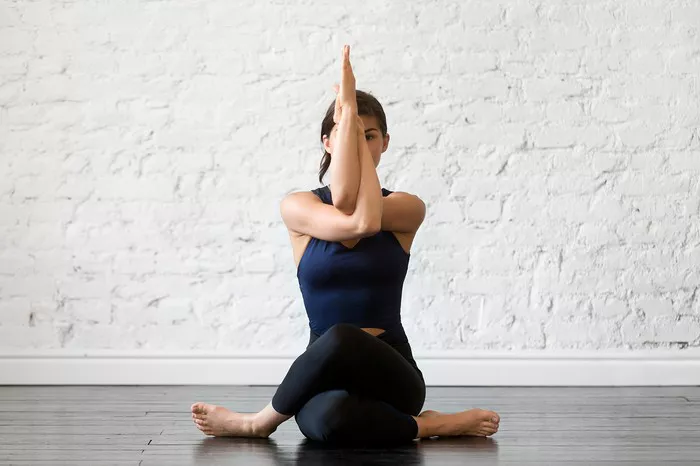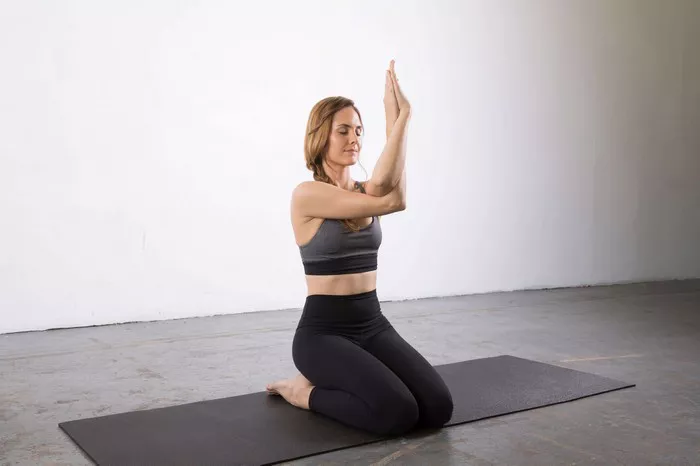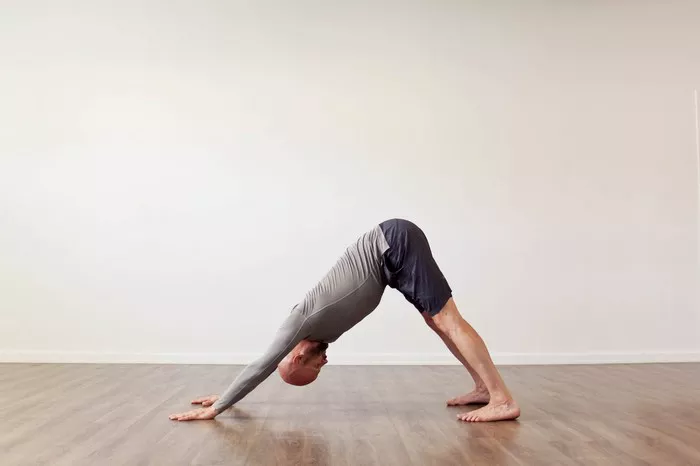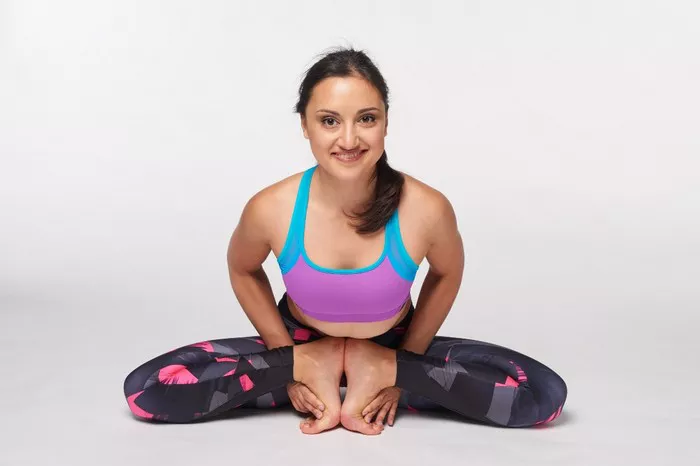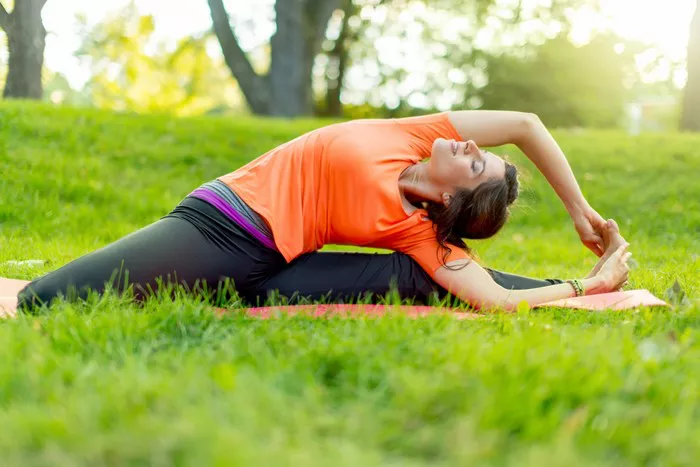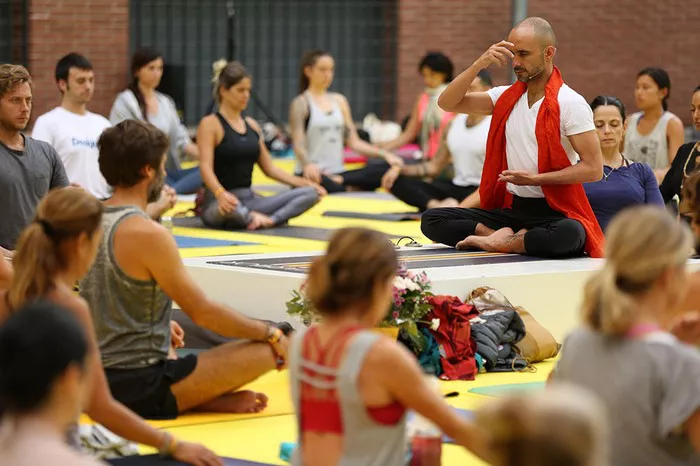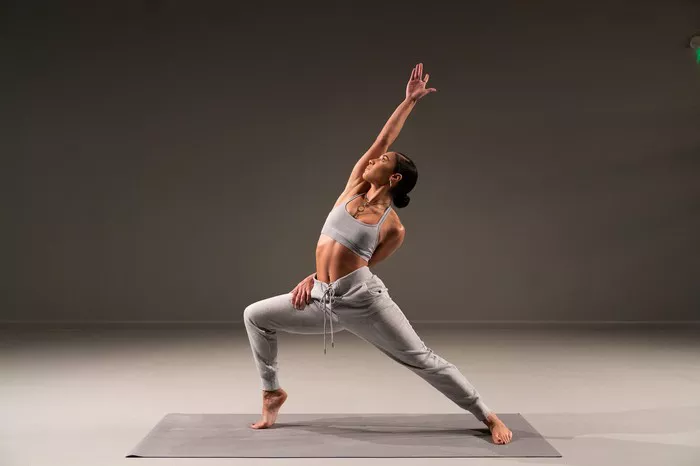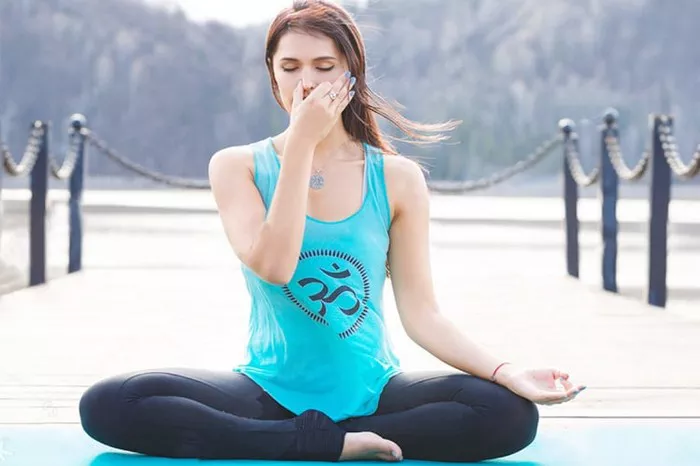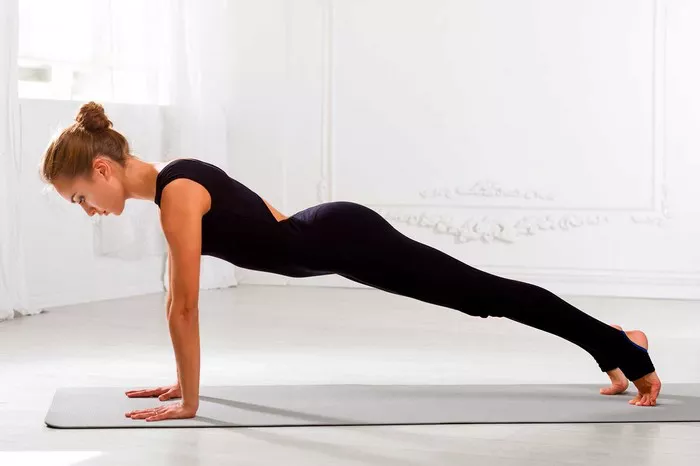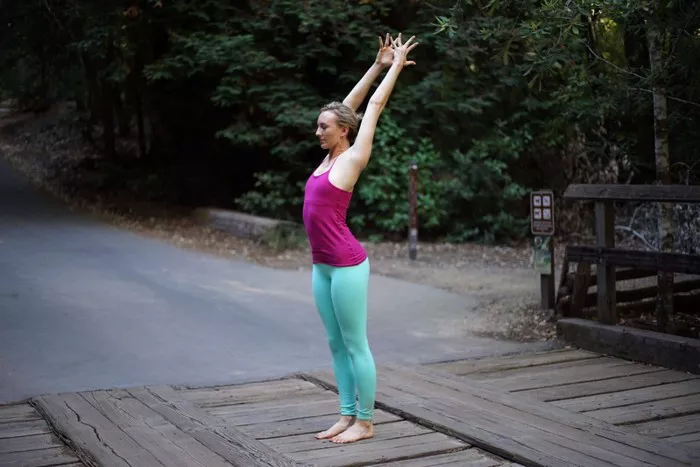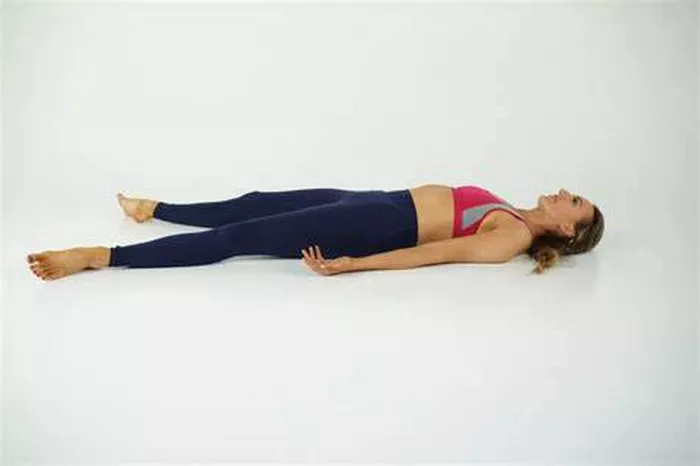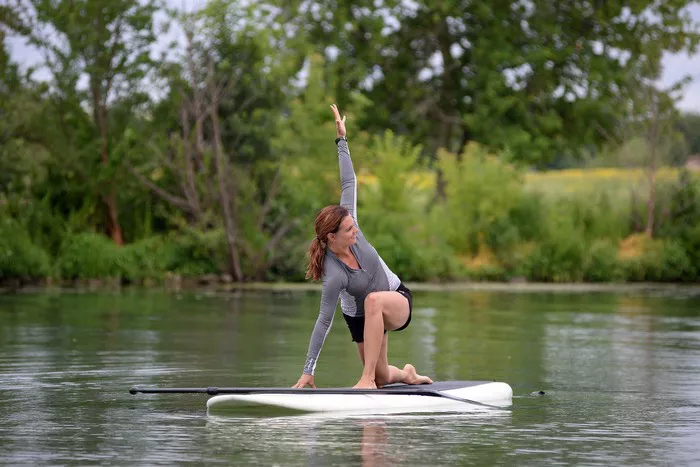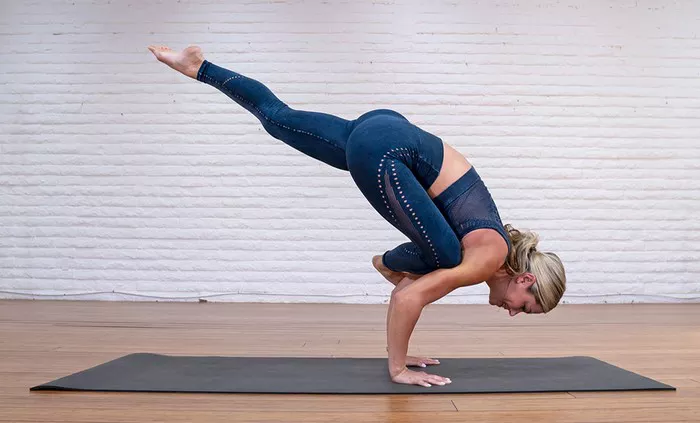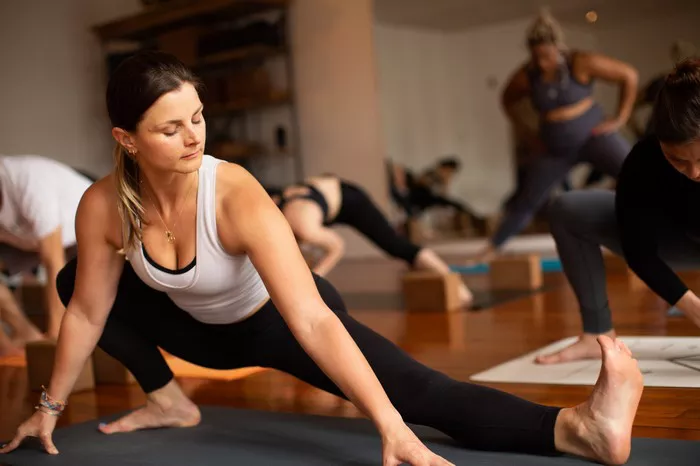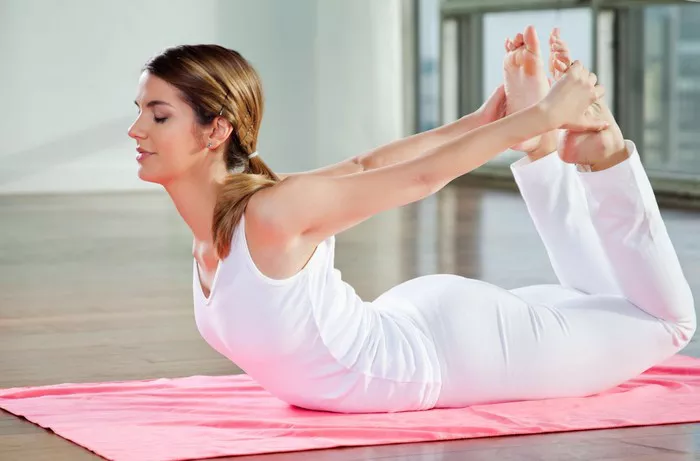Iyengar Yoga is a form of Hatha Yoga developed by B.K.S. Iyengar, renowned for its precise attention to detail, alignment, and use of props. Unlike many other styles, Iyengar Yoga incorporates tools and supportive items to help practitioners achieve the correct posture with stability and comfort. These props enable individuals of varying flexibility, age, and experience to access the full benefits of yoga postures without strain. Props also allow for longer holds, which enhances strength and mindfulness.
The use of props is not a sign of weakness; rather, it reflects a deep understanding of the body’s limitations and the desire to refine one’s practice over time. Whether you are a beginner trying to touch your toes or an advanced yogi refining your backbends, props offer indispensable support. In this guide, we will explore the key props used in Iyengar Yoga, their functions, and how they enhance the practice.
1. Yoga Mat
A yoga mat is the foundational prop in all modern yoga practices, including Iyengar Yoga. However, in Iyengar Yoga, the mat serves more than just a non-slip surface. It helps define personal space, provides tactile feedback, and anchors props like blocks and belts in specific positions. The mat should be firm with minimal cushioning to provide a stable base for standing and seated poses.
Iyengar practitioners may use multiple mats stacked or layered depending on the posture. For example, in shoulder stands, a few folded mats or blankets may be used in conjunction with the yoga mat to protect the cervical spine. The quality of the mat is crucial; it must not stretch or slide during use, which could compromise alignment and safety.
2. Yoga Blocks
Yoga blocks are among the most frequently used props in Iyengar Yoga. Typically made from foam, cork, or wood, blocks offer support, bring the floor closer to the practitioner, and aid in achieving proper alignment. Their versatility makes them valuable for both beginners and advanced practitioners alike.
Common Uses of Yoga Blocks:
- Support in standing poses: In poses like Trikonasana (Triangle Pose), blocks under the hand can help maintain spinal alignment without overreaching.
- Elevation in seated poses: Sitting on a block can help tilt the pelvis forward and elongate the spine.
- Stability in balance poses: Used strategically, blocks can assist in balance by serving as a stabilizing base.
Using blocks reduces the risk of injury, encourages optimal posture, and enhances awareness of body mechanics.
3. Yoga Belts (Straps)
Yoga belts or straps are essential tools in Iyengar Yoga that help extend reach, deepen stretches, and maintain correct posture. Usually made of cotton with a buckle for adjustability, these straps allow practitioners to hold poses without compromising form.
Applications of Yoga Belts:
- Stretch enhancement: Useful in forward bends where the hands cannot easily reach the feet.
- Shoulder alignment: Belts can be looped around the arms to prevent overextension.
- Support in reclining poses: In Supta Padangusthasana (Reclining Hand-to-Big-Toe Pose), belts help lift the leg without strain.
The belt essentially acts as an extension of the arms or legs, enabling a deeper and safer engagement with the pose.
4. Yoga Blankets
Yoga blankets serve multiple purposes in Iyengar Yoga. Made from dense cotton, they can be folded into various shapes to provide height, cushioning, or insulation. Their adaptability makes them suitable for both dynamic and restorative practices.
Key Uses of Yoga Blankets:
- Neck and spine support in inversions
- Cushioning for knees and ankles
- Elevation for seated postures
- Warmth during relaxation
A well-folded blanket can create a level platform or gentle incline, ideal for poses like Sarvangasana (Shoulder Stand) where spinal safety is paramount. In restorative sequences, blankets offer comfort and warmth, aiding relaxation and stress relief.
5. Yoga Bolsters
Bolsters are thick, pillow-like props that provide full-body support. In Iyengar Yoga, they are frequently used in restorative poses to support the spine, hips, or abdomen, allowing the body to open and relax without effort.
When to Use Yoga Bolsters:
- Restorative backbends: To open the chest and improve respiratory function.
- Reclined poses: Such as Supta Baddha Konasana, for deep hip opening.
- Pranayama support: Keeping the chest elevated and open during breathing exercises.
Bolsters promote passive stretching and are integral to therapeutic yoga. They allow practitioners to hold poses for extended durations, encouraging deep physiological release and mental calm.
6. Wall Ropes
One unique feature of Iyengar Yoga studios is the presence of wall ropes, also known as “yoga kurunta” ropes. These strong ropes are anchored into walls and used to simulate hands-on adjustments, create traction, and facilitate difficult postures.
Benefits of Wall Rope Practice:
- Inversion support: Safer practice of Sirsasana (Headstand) and other inversions.
- Spinal traction: Effective in lengthening and decompressing the spine.
- Postural awareness: Helps develop understanding of gravity and alignment.
Rope work brings a new dimension to asana practice, making it more dynamic and interactive. It requires proper instruction to ensure safety and effectiveness.
7. Chairs
Sturdy yoga chairs without armrests are another staple in Iyengar Yoga. Far from being a crutch, chairs provide dynamic support for advanced poses and serve as a scaffold for alignment-focused work.
How Chairs Are Used:
- Support in inversions and backbends
- Assistance in seated twists and forward bends
- Facilitating shoulder openers
The chair allows for prolonged holds and deep introspection, especially in therapeutic settings. It also enables practitioners to experience poses from new angles and build endurance.
8. Sandbags and Weights
Sandbags, usually weighing 5 to 10 pounds, are used to apply gentle pressure to different parts of the body, promoting relaxation and grounding. They are especially effective in restorative and therapeutic sequences.
Functions of Sandbags:
- Deepening hip openers: Applied to the thighs in Supta Baddha Konasana.
- Enhancing groundedness: Placed on the sacrum during supine poses.
- Promoting stillness: Their weight helps reduce unnecessary muscular effort.
The subtle application of weight helps the nervous system shift into a parasympathetic state, crucial for healing and regeneration.
9. Trestles and Wooden Props
Wooden props such as backbenders, Trestle (a wooden frame), and viparita dandasana benches are advanced tools in Iyengar Yoga. These props help refine alignment and support difficult backbends and inversions.
Common Uses:
- Assisting deep backbends
- Supporting long-held inversions
- Developing proprioception and awareness
These are typically used under the supervision of a certified Iyengar instructor, as they require skill and understanding for safe and effective use.
10. Eye Pillows and Headwraps
Though subtle, eye pillows and headwraps play a meaningful role in Iyengar Yoga’s restorative practices. These props help eliminate light, reduce mental chatter, and promote a sense of inward focus.
Their Use Includes:
- Encouraging deeper relaxation during Savasana
- Reducing sensory stimulation
- Aiding in migraine and anxiety relief
Such props signal the body that it’s time to shift gears from activity to rest, enhancing the calming effects of a restorative sequence.
Conclusion
Iyengar Yoga’s structured and methodical use of props offers a uniquely inclusive approach to yoga. Far from being shortcuts, these tools enable practitioners to experience poses more fully, safely, and deeply. Each prop has a specific function, and when used skillfully, they open new dimensions in physical, mental, and emotional awareness.
Props are not only for those with limitations—they are for everyone seeking precision and depth. Whether you’re dealing with physical restrictions, aiming to improve your alignment, or simply deepening your practice, the use of props in Iyengar Yoga offers a path to both accessibility and excellence. As B.K.S. Iyengar himself said, “Do not stop trying just because perfection eludes you.” In this spirit, props serve as companions on the lifelong journey of yoga.
By understanding and incorporating these tools, practitioners unlock the full potential of yoga as a transformative and sustainable practice for life.
Related Topics:

